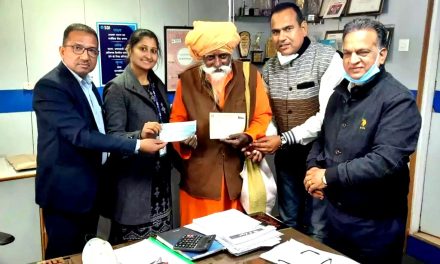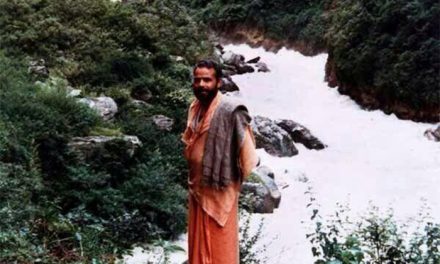For the first time ever, the 400,000 Hindu pilgrims on the Amarnath Yatra will be able to take their mobile phones with them, after the state-owned operator BSNL said it would erect nine signal masts along the route. BSNL’s announcement is part of the Indian government’s plan to promote mobile telephony in inhospitable areas. And the masts, it would seem, are not just a PR exercise: they will stay there after the Yatra (pilgrimage) is over.
For some, the idea of being able to use a mobile on such a mission is sacrilegious, but for most it will likely prove a means of support during a very dangerous journey. The Yatra is a truly perilous trip to embark on. Not only is it a gruelling and sinuous climb to 12,750 feet to see an ice lingam that appears in a cave between June and August – the route can also be blighted by unseasonal blizzards, and is a terrorist target for Kashmiri separatists.
Two years ago, the Indian government agreed to transfer 100 acres of land to the Yata authority, the Shri Amarnathji Shrine Board, to set up temporary shelters and facilities for Hindu pilgrims. This idea was shelved when there were widespread protests against the move. (There hasn’t been a murmur about BSNL’s mobile masts.)
The Yatra has a chequered history and was suspended for five years in the 1990s after terrorist threats. The situation worsened when the suspension was lifted. In 1996, 100,000 yatris were caught in a storm that killed 242 people and four years later, in 2000, militants massacred 30 people as they began their slow march.
For Hindus, the Amarnath Caves are one of their religion’s holiest shrines and where the God Shiva explained the secret of life and eternity to his divine consort Parvati, more than 5,000 years ago. Devotees can make the 26-mile Yatra on foot from the town of Pahalgam, a journey that takes four to five days – or the shorter route from the town of Baltal, that takes about eight hours.
montypilgrimmanSome devotees, particularly the elderly, ride on horseback to make the journey more bearable. And those who attempt it range from newly born children to the infirm, unfit and overweight, such is their zeal.
And I should know, because I am a yatri and made darshan when I completed the (shorter) trek last year. Imagine Bethlehem 15AD (see image at top of post) and you’ll get the picture. Huge women are carried on sedan chairs by pithuwallahs who defy science to guiding the contraptions around impossible angles, galloping mules, eye-bulging zealots, silent sanyassi and most probably 3,000 wise men.
The dust is unbearable, the noise unbeatable and the experience unbelievable. The ice stalagmite itself is little more than a big lump of ice behind bars and guarded by nervous-looking soldiers. I was so exhausted that I confess to shedding a tear or two as I looked back down the valley.
Those who do this year may have their view blighted by one of BSNL’s towers – and they might very well be able to call home. But to be a successful pilgrim is the only thing on their minds. As for me, I was so knackered that I managed to cadge a lift back by helicopter. A trip that took six minutes.












